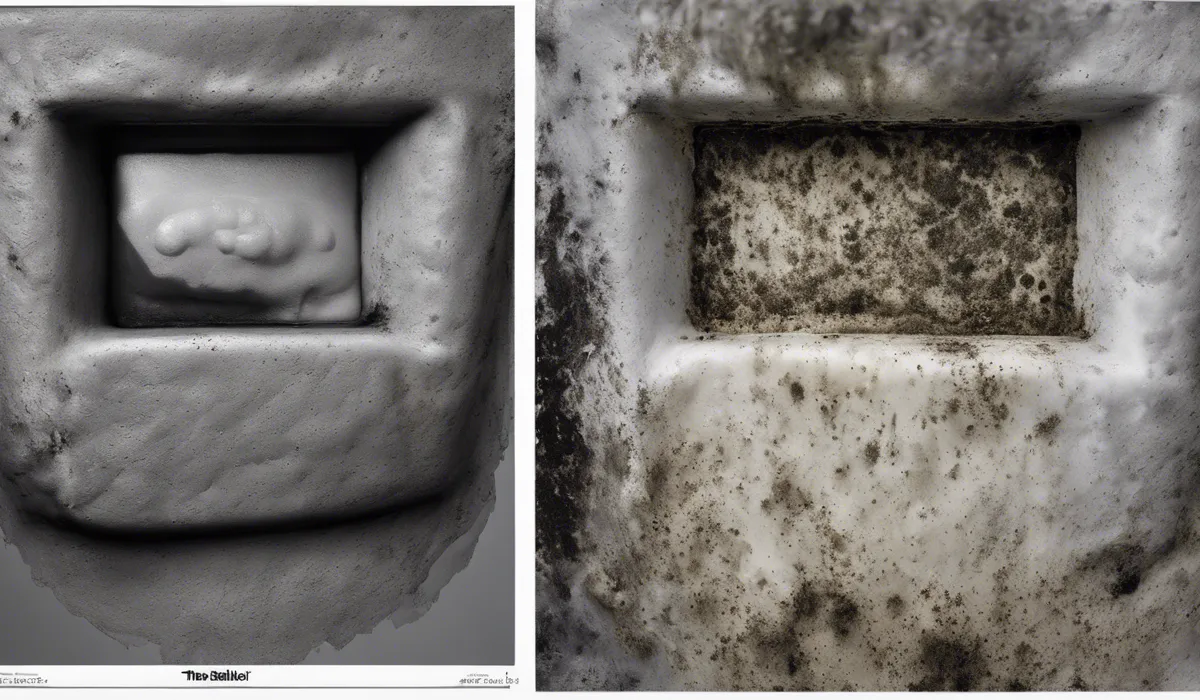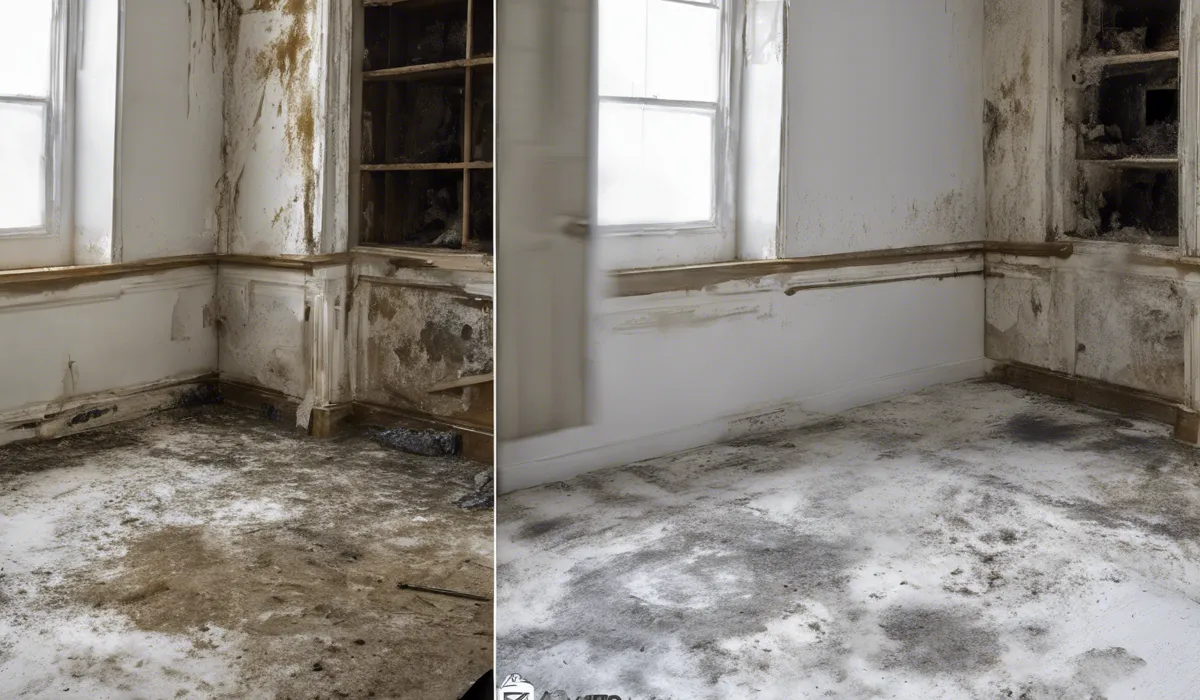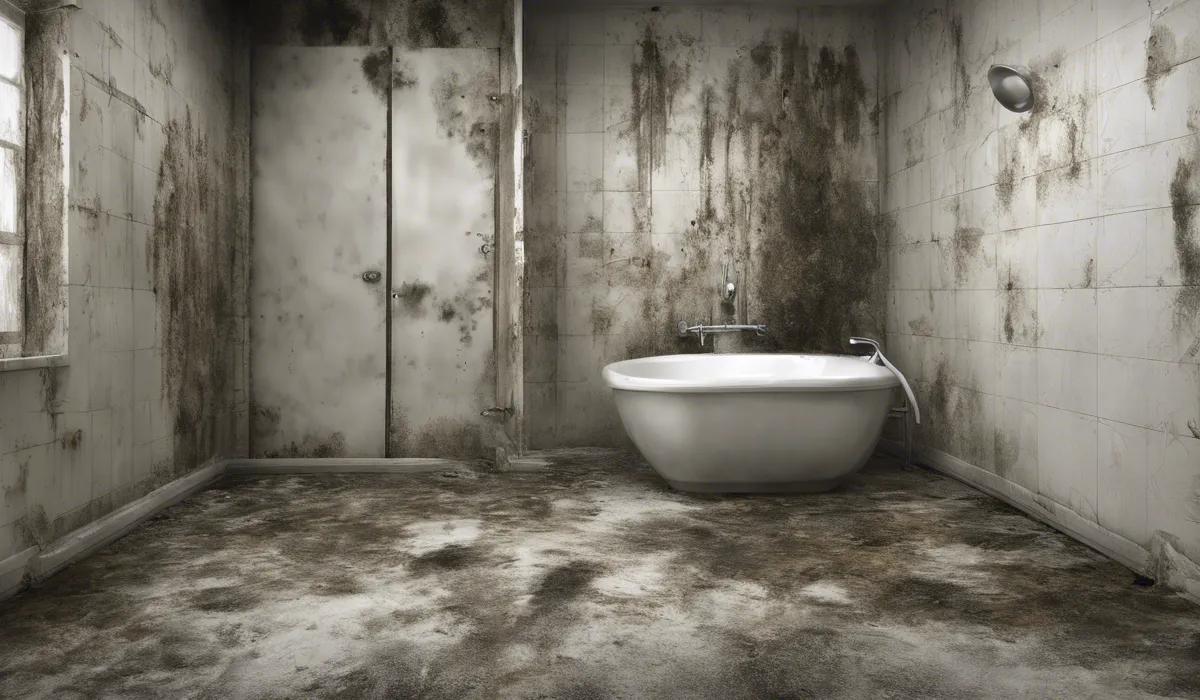No, primer does not kill mold. It can cover and seal mold stains, preventing them from bleeding through paint, but it won’t destroy the mold. To properly address mold, it must be cleaned with a mold-killing solution before priming and painting.
Understanding Mold and Its Challenges

Definition and Characteristics of Mold
Mold is a type of fungus that can grow almost anywhere there is moisture and organic material.
It reproduces by forming spores that can spread through the air. Mold spores are very small and can be hard to see.
They can grow on walls, ceilings, carpets, and even in places like the ceiling box. Mold comes in various colors, including black, white, green, or purple.
Common Areas Where Mold Grows in the Home
Mold loves damp, warm, and humid conditions. It often grows in bathrooms, basements, and kitchens.
Places like under the sink, around windows, and near any water leaks are common spots for mold to thrive. It can also grow on fabrics and in the HVAC system of a house.
Health Risks Associated with Mold Exposure
Being around mold can be bad for people’s health. Some may have allergic reactions, such as sneezing, red eyes, or a runny nose.
Others might have more serious reactions, like asthma attacks. People with weak immune systems or lung diseases can get serious infections from mold.
The Difficulty of Completely Eradicating Mold
Getting rid of mold for good can be tough. Mold spores are everywhere in the environment.
They can come back if the area becomes damp again. It’s important to keep places dry and clean to stop mold from growing back.
The Role of Primers in Mold Remediation

Explanation of What Primers Are and Their Typical Uses
Primers are a type of paint that goes on before the main coat. They help prepare surfaces for painting by making them smooth and helping the paint stick better. Primers can also block stains and protect surfaces from things like rust.
Types of Primers That Claim to Kill Mold or Prevent Its Growth
There are special primers that say they can kill mold or stop it from growing. These products often have chemicals in them that are supposed to fight mold.
But remember, they don’t actually kill mold. They just cover it and stop it from damaging the paint.
How Primers Work Against Mold?
Primers that are made to deal with mold have ingredients that seal in mold stains. This way, the stains don’t show through the new paint.
Some also have mildewcides, which can prevent new mold from growing for a while.
Effectiveness of Anti-Mold Primers Compared to Regular Primers
Anti-mold primers are better at stopping mold stains from showing through paint than regular primers.
They are not a solution to kill mold. It’s still important to clean the mold before using these primers for the best results.
Best Practices for Dealing with Mold

Importance of Addressing the Root Cause of Mold
To really fix a mold problem, it’s important to find out why there’s mold in the first place. This often means there’s too much moisture.
Fixing leaks, using dehumidifiers, and making sure there’s good air flow can help stop mold from coming back.
Steps for Properly Preparing Surfaces Before Primer Application
Before putting on primer, you need to clean the moldy area with a mold-killing solution. Then let it dry completely.
Next, remove any loose paint and smooth the surface. Only then should you apply a primer designed for mold prevention.
Recommendations for Mold-Resistant Primers and Paints
There are some primers and paints made to resist mold. Look for products with labels that say they are mold-resistant or have antimicrobial properties. These can help keep mold from growing on painted surfaces.
Additional Mold Remediation Strategies Beyond Priming
Other ways to deal with mold include using mold-resistant building materials, like toilet flanges that resist moisture. Also, keeping the home clean and dry, fixing any water problems right away, and using air purifiers can help keep mold away.
FAQs About Does Primer Kill Mold
Can primer be used to treat mold on surfaces?
No, primer is not a treatment for mold; it can only cover stains and should be applied after mold has been properly treated with a mold-killing solution.
Will mold continue to grow after applying primer?
Yes, if the mold is not properly cleaned before priming, it can continue to grow beneath the primer and paint.
What is the first step in treating mold before priming?
The first step is to clean the area with a mold-killing solution to ensure the mold is completely destroyed before priming.
Is it safe to simply paint over mold with primer?
No, it is not safe to paint over mold without treating it first, as this can lead to health hazards and further mold growth.
What kind of primer should be used on mold stains?
After treating the mold, use a stain-blocking primer designed to cover and seal mold stains before painting.
Final Thoughts
Primer is ineffective at killing mold; it merely covers and seals mold stains. It’s essential to clean the affected area with a mold-killing solution prior to priming and painting to ensure the mold is properly eradicated and does not continue to pose a problem under the surface.
